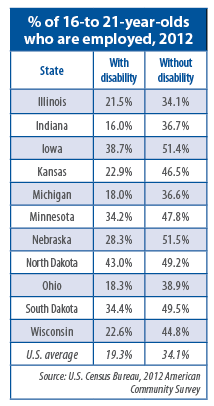By Elizabeth Whitehouse
Today, the U.S. Department of Education’s Office of Special Education and Rehabilitative Services (OSERS) issued guidance in the form of a Dear Colleague Letter emphasizing the requirement that schools provide positive behavioral supports to students with disabilities who need them. The guidance also clarifies that repeated use of disciplinary actions may suggest that many children with disabilities are not receiving appropriate behavioral interventions and supports. The Department voiced concern over the possibility of schools failing to consider and provide for needed behavioral supports through an Individualized Education Program (IEP), which could result in a child not receiving the free appropriate public education to which they are entitled under federal law.
Current law allows educators to remove students with disabilities from their classrooms if they violate a code of conduct. Data indicates students with disabilities are disciplined at far higher rates than their non-disabled peers. The letter includes two resource documents to assist teachers and school leaders: the Department is providing supports to assist teachers with classroom management strategies and assist schools in implementing school-wide behavioral efforts to create safe and effective environments where all students are given an opportunity to positively engage in their education.
To better address school discipline and to shine a spotlight on inequities, the Department will update its #Rethink Discipline web page. The page contains data, graphics, and other information on the prevalence, impact, and legal implications of suspensions and expulsions; resources on effective alternatives; and ways to effectively create positive school climates. The page also highlights the disproportionate rate at which black students, particularly black males, receive out-of-school suspensions, and data on suspended preschool students, by race and gender.
In February 2016 The Council of State Governments (CSG) convened a National Task Force on Workforce Development for People with Disabilities in partnership with the National Conference of State Legislatures and in collaboration with the US Department of Labor’s Office of Disability Employment Policy. On December 8th, 2016 at the CSG National Conference a final report with suggested policy options for state leaders will be released as part of a full day Policy Academy to highlight the issue of Workforce Development for People with Disabilities. This report and the Policy Academy will include a focus on ideas for K-12 education.
To sign up for the Policy Academy and learn more please visit: CSG National Conference

